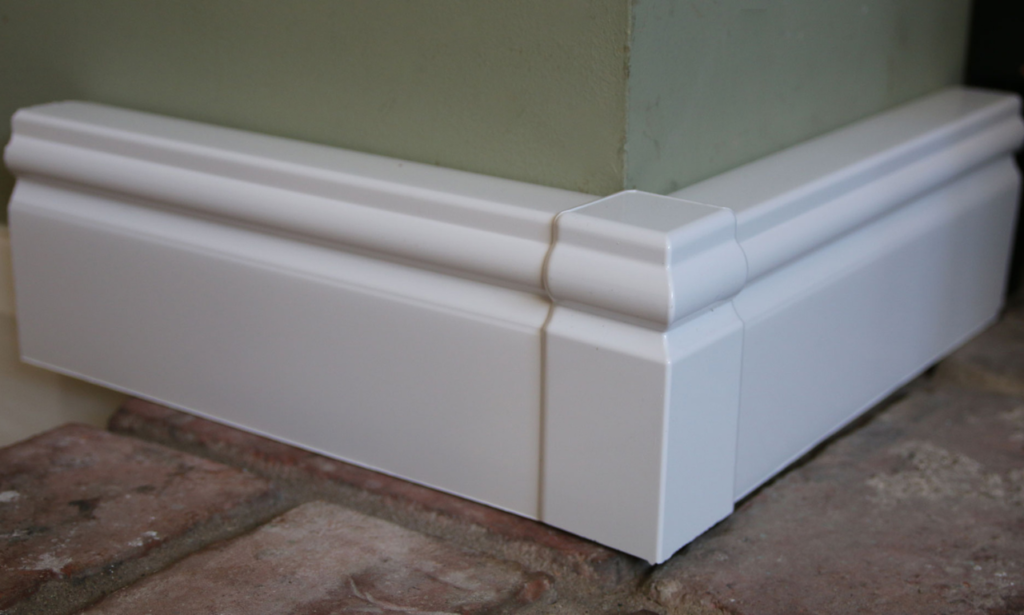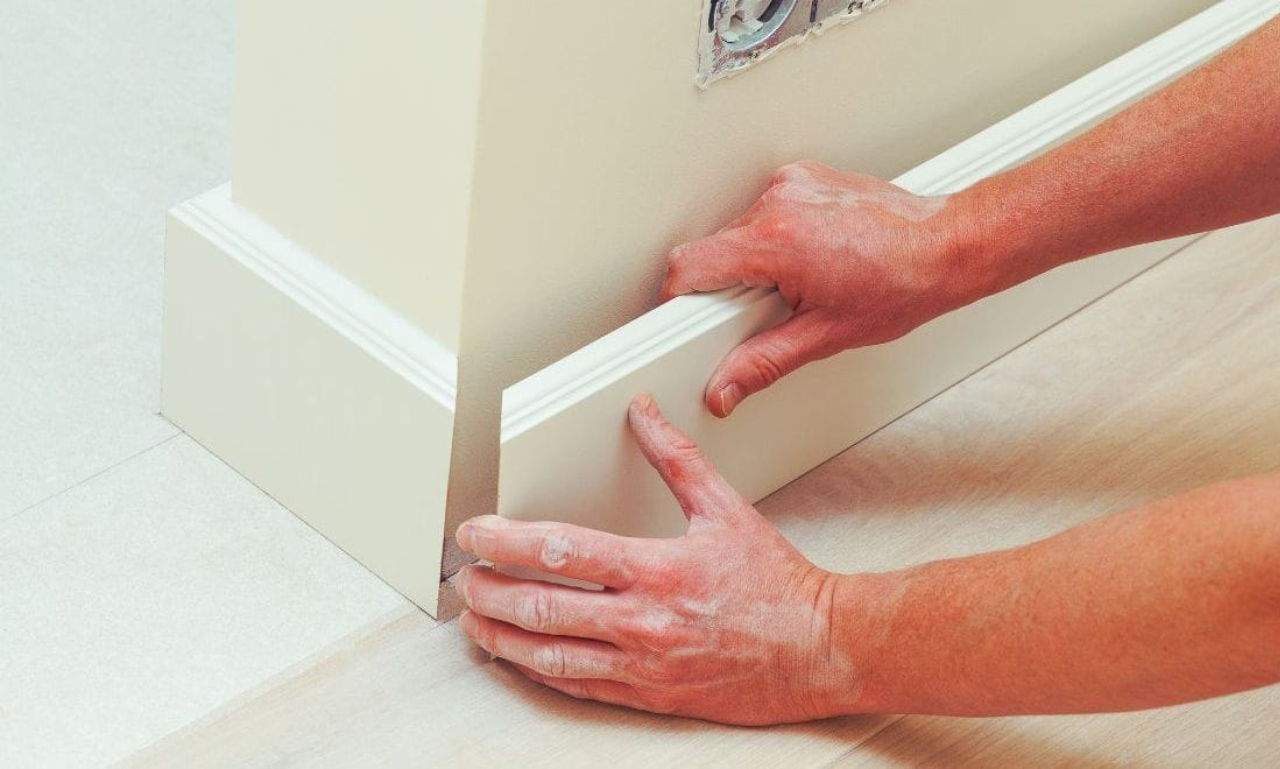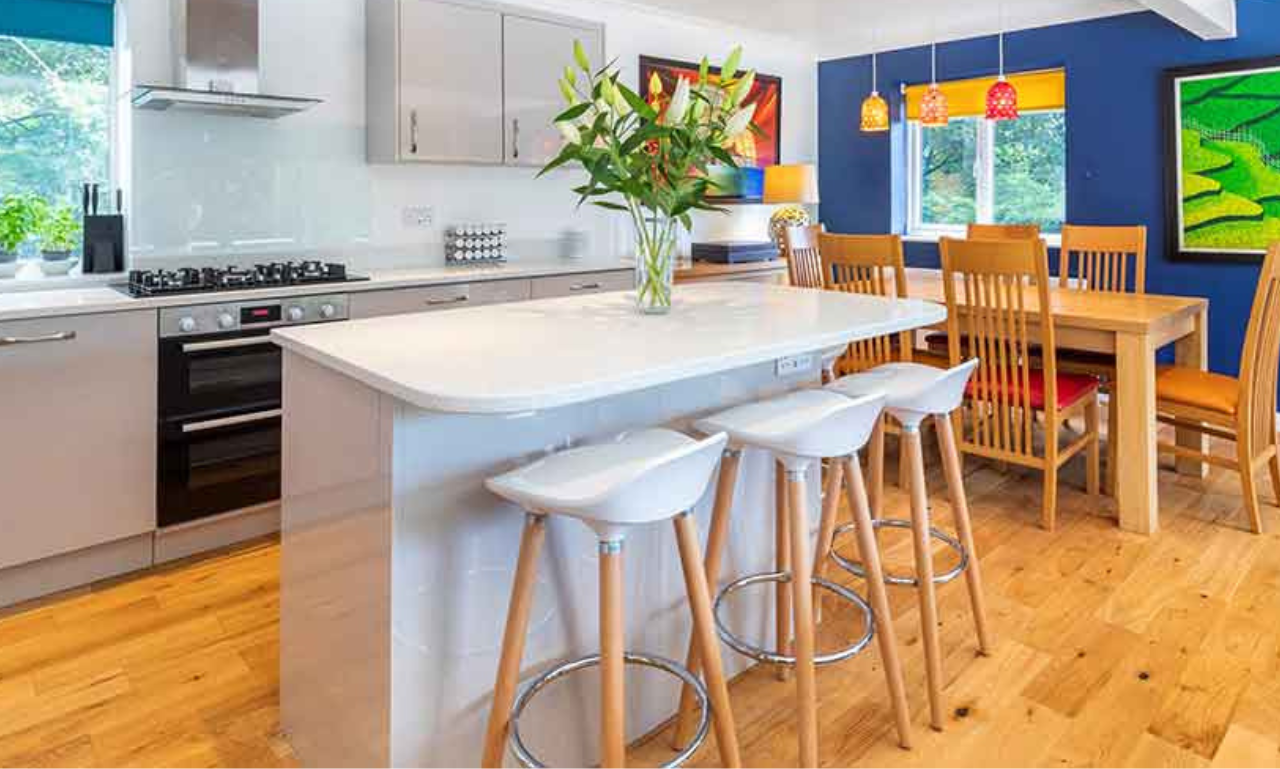Skirting board covers, sometimes referred to as baseboard covers, are an often-overlooked element of home improvement that can make a big difference in how polished and finished a room looks. These covers provide a simple yet effective way to revamp a space, covering up old, damaged, or unsightly skirting boards without the hassle of removing them.
In this blog post, we’ll explore everything you need to know about skirting board covers, including why they’re a popular choice for homeowners, the different types available, how to install them, and what to consider before buying.
What Are Skirting Board Covers?

Before diving into the details, let’s clarify what skirting board covers are. A skirting board is the trim or molding that runs along the bottom edge of an interior wall, covering the joint between the wall and the floor. Its primary function is to protect walls from scuffs and damage while also adding a decorative touch to a room. Over time, skirting boards can get damaged, chipped, or outdated.
Skirting board covers are specially designed to fit over existing skirting boards, offering a quick and cost-effective way to update their appearance. They’re an ideal solution for homeowners who don’t want the hassle of removing old skirting boards and prefer a DIY-friendly approach to upgrading the room’s look.
Why Use Skirting Board Covers?
There are several compelling reasons to use skirting board covers in your home renovation projects:
1. Cost-Effective Solution
One of the biggest advantages of skirting board covers is that they are an affordable alternative to replacing skirting boards entirely. Removing old skirting can involve additional expenses, such as repairing any damage to the walls and floors. Covers, on the other hand, can be easily installed on top of the existing boards, saving both time and money.
2. Minimal Disruption
Replacing skirting boards can be a labor-intensive job, often requiring you to move furniture and disrupt your daily routine. With skirting board covers, the installation process is much simpler and can be done with minimal disturbance. In many cases, you won’t even need to move large pieces of furniture as the covers can be installed quickly with basic tools.
3. Aesthetic Upgrade
Skirting board covers come in a wide variety of designs and finishes, allowing you to achieve a modern, sleek, or classic look without too much effort. Whether you want a minimalistic design or something more ornate, there’s a skirting board cover to suit every style preference.
4. Protection for Existing Skirting Boards
If your existing skirting boards are in good condition but you want to protect them from future wear and tear, skirting board covers provide an added layer of protection. They shield the original boards from dirt, moisture, and scuffs, ensuring they stay in top shape for longer.
Types of Skirting Board Covers
When it comes to selecting the right skirting board covers for your home, you’ll find a range of materials and designs to choose from. Each type has its own set of advantages, so it’s essential to pick the one that best suits your needs and aesthetic preferences.
1. MDF Skirting Board Covers
Medium Density Fiberboard (MDF) is one of the most popular materials for skirting board covers. MDF is durable, easy to work with, and provides a smooth, consistent finish. MDF skirting board covers can be primed and painted to match any interior color scheme, making them a versatile option for modern and traditional homes alike.
2. PVC Skirting Board Covers
For a low-maintenance, water-resistant option, PVC skirting board covers are an excellent choice. These covers are often used in kitchens, bathrooms, or other areas prone to moisture. PVC covers are easy to clean, don’t warp or crack, and are available in various finishes, including wood grain and high gloss.
3. Wood Skirting Board Covers
For those who prefer a more natural look, wood skirting board covers provide the beauty of real wood. While they can be more expensive than MDF or PVC options, wood covers can be stained or varnished to bring out the grain and add warmth to a room. Oak and pine are popular choices for wood skirting board covers.
4. Custom Skirting Board Covers
If you’re looking for something unique, custom skirting board covers can be tailored to fit the exact dimensions of your room and designed to match your specific style preferences. Custom covers allow for more intricate designs or unusual dimensions that standard covers may not accommodate.
How to Install Skirting Board Covers
Installing skirting board covers is a relatively straightforward DIY project that requires only basic tools. Here’s a step-by-step guide to help you install skirting board covers in your home:
Tools You’ll Need:
- Tape measure
- Saw (for cutting covers to size)
- Adhesive or screws
- Caulk (optional, for a seamless finish)
- Paint or finish (if you’re painting the covers)
Step 1: Measure Your Skirting Boards
Before purchasing skirting board covers, you’ll need to measure the height, width, and length of your existing skirting boards. Make sure the covers you choose are slightly larger than your current skirting boards to ensure a snug fit.
Step 2: Cut the Covers to Size
Using a saw, cut the skirting board covers to the correct lengths. If you have corners in your room, you may need to miter the edges for a clean, professional finish.
Step 3: Attach the Covers
Apply adhesive to the back of the skirting board covers and press them firmly against the existing skirting boards. Alternatively, you can use screws to secure the covers, depending on the material and your preference.
Step 4: Finishing Touches
Once the covers are in place, you can apply caulk to any gaps for a smooth, finished look. If your skirting board covers are primed, now is the time to paint or finish them to match your décor.
Things to Consider Before Buying Skirting Board Covers
Before purchasing skirting board covers, there are a few key factors to keep in mind to ensure you make the right choice for your home.
1. Material
Consider the material that best suits your space. For high-moisture areas, PVC skirting board covers may be the best choice, while MDF is a more versatile option for general use. Wood covers add a touch of luxury but may require more maintenance.
2. Style and Design
Skirting board covers come in a range of styles, from simple, flat designs to more intricate, decorative profiles. Choose a style that complements the overall aesthetic of your home and blends seamlessly with your existing interior décor.
3. Room Dimensions
Ensure that the skirting board covers you select are the right size for your room. Measure your existing skirting boards carefully to avoid purchasing covers that are too small or too large.
4. Ease of Installation
If you plan to install the skirting board covers yourself, consider how easy they are to install. Some materials, like MDF, are easier to cut and work with, while others may require specialized tools or professional installation.
Conclusion
Skirting board covers offer an easy, affordable way to refresh the look of your home without the hassle of removing and replacing old skirting boards. With a variety of materials, styles, and designs to choose from, you can find the perfect skirting board covers to suit your décor and protect your walls for years to come.
Whether you’re looking for a quick update or a complete room makeover, skirting board covers provide both functionality and aesthetic appeal. They offer an efficient solution for revamping old or damaged skirting boards while allowing you to customize the look of your space.
By considering the different types of skirting board covers available, as well as factors such as material, style, and installation, you can make an informed decision that enhances the overall beauty and durability of your home.



